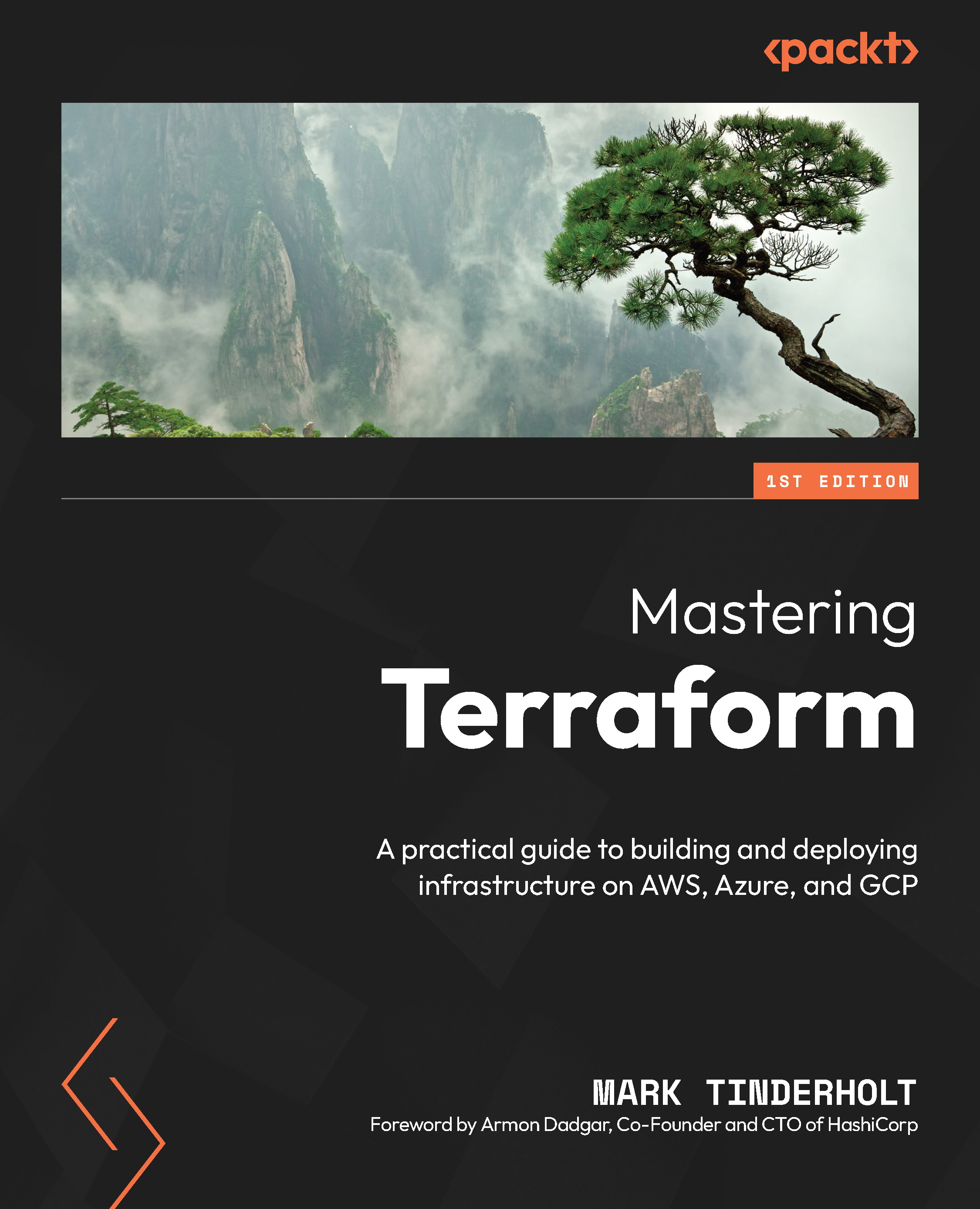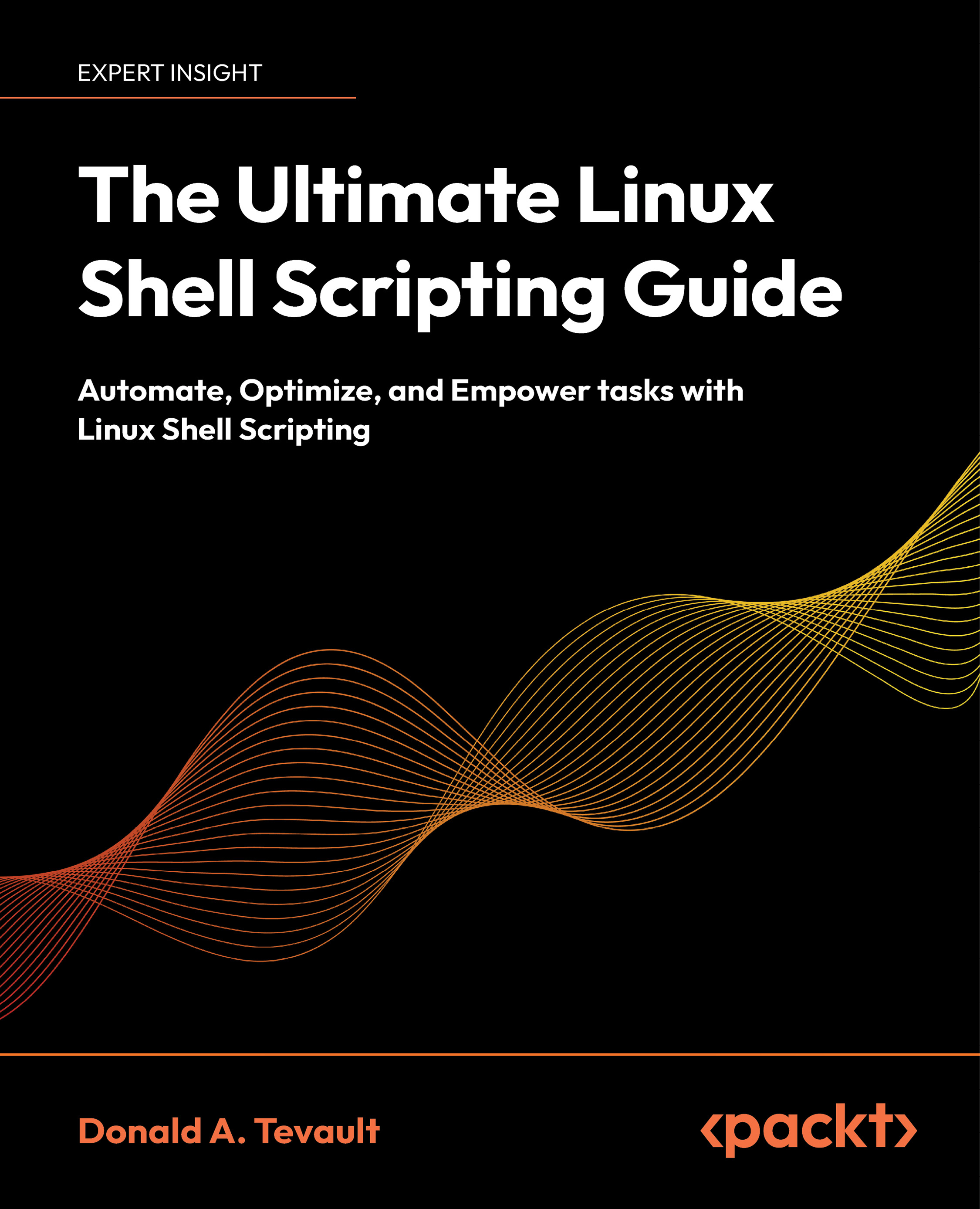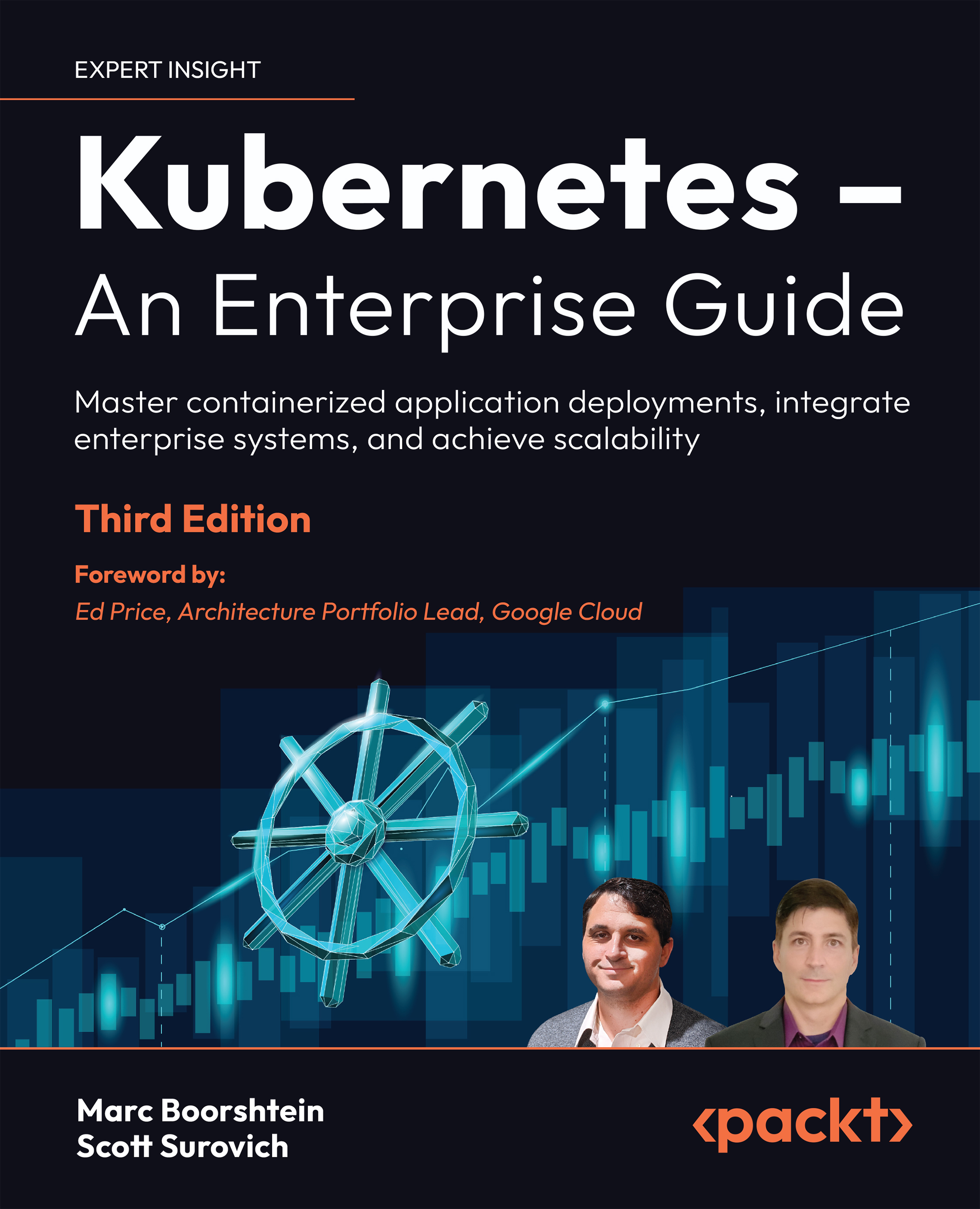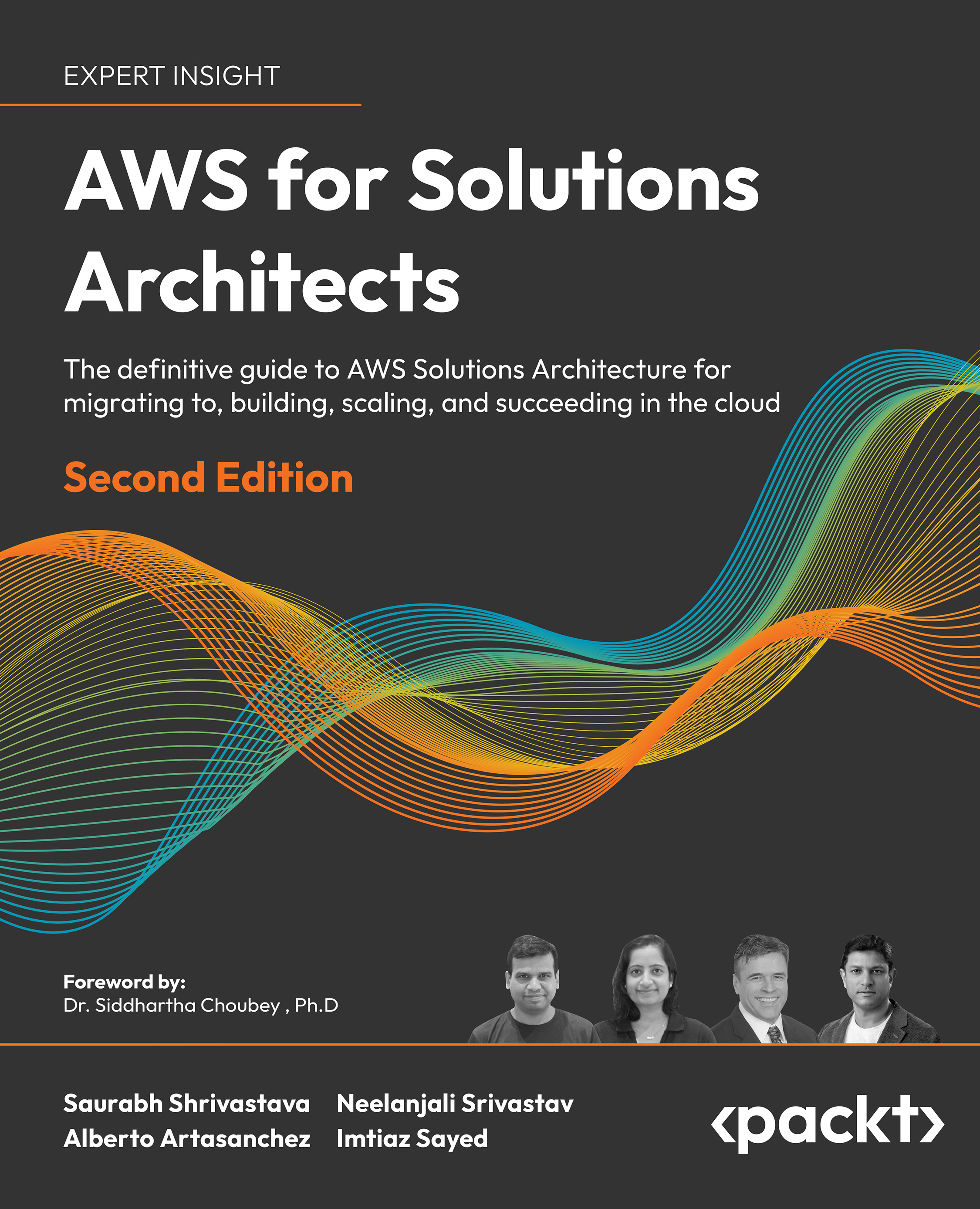-
Explore features of Nomad, container orchestration, service discovery, and multi-cloud deployment
-
Install/configure Nomad and set up clusters and integrate with HashiCorp tools, Consul and Vault
-
Learn to deploy and manage apps on Nomad, including scheduling, resource allocation, and rollouts
Nomad, a flexible scheduler and workload orchestrator, enables an organization to deploy and manage any containerized or legacy application easily using a single, unified workflow. Nomad can run a diverse workload of Docker, non-containerized, microservice, and batch applications.
This course begins with an introduction to Nomad’s key features and capabilities, including container orchestration, service discovery, and multi-cloud deployment. You will also learn to install and configure Nomad, set up a cluster, and integrate it with other HashiCorp tools stacks such as Consul and Vault. You will learn to deploy and manage applications on Nomad on different platforms and perform tasks, including scheduling, resource allocation, and rollouts.
We will use the user interface to learn concepts based on our requirements. We will create job specifications and run our first Nomad job. We will manage Nomad and monitor a Nomad environment and application logs. We will create a rotating gossip encryption key and upgrade Nomad to newer versions. We will also explore how to troubleshoot and debug issues that may arise using Nomad in a production environment.
By the end of this course, you will have the skills and knowledge required to use HashiCorp Nomad successfully and use Nomad to automate and streamline your organization’s workflow.
All resources are available at: https://github.com/Paramkrishna/Getting-Started-with-HashiCorp-Nomad
This beginner-level course on HashiCorp Nomad caters to software engineers, system administrators, and DevOps professionals wanting to learn to use Nomad to deploy and manage applications. This course aims at learners wishing to deploy and maintain apps in a production setup and use Nomad to automate and streamline workflows. The prerequisites include a basic understanding of the Linux OS and command-line interface and basic cloud computing and IaaS platform knowledge such as Amazon Web Services (AWS), Microsoft Azure, or Google Cloud. You should be familiar with containerization, orchestration, and microservices.
-
Learn to install and configure Nomad on various platforms
-
Explore creating and managing jobs and task groups
-
Learn how to secure Nomad using TLS, Gossip Encryption, and ACLs
-
Implement Nomad's API, command-line interface (CLI), and the UI
-
Integrate Nomad with other HashiCorp tools, such as Consul and Vault
-
Learn to troubleshoot and debug issues when using Nomad clusters
 United States
United States
 Great Britain
Great Britain
 India
India
 Germany
Germany
 France
France
 Canada
Canada
 Russia
Russia
 Spain
Spain
 Brazil
Brazil
 Australia
Australia
 Singapore
Singapore
 Hungary
Hungary
 Ukraine
Ukraine
 Luxembourg
Luxembourg
 Estonia
Estonia
 Lithuania
Lithuania
 South Korea
South Korea
 Turkey
Turkey
 Switzerland
Switzerland
 Colombia
Colombia
 Taiwan
Taiwan
 Chile
Chile
 Norway
Norway
 Ecuador
Ecuador
 Indonesia
Indonesia
 New Zealand
New Zealand
 Cyprus
Cyprus
 Denmark
Denmark
 Finland
Finland
 Poland
Poland
 Malta
Malta
 Czechia
Czechia
 Austria
Austria
 Sweden
Sweden
 Italy
Italy
 Egypt
Egypt
 Belgium
Belgium
 Portugal
Portugal
 Slovenia
Slovenia
 Ireland
Ireland
 Romania
Romania
 Greece
Greece
 Argentina
Argentina
 Netherlands
Netherlands
 Bulgaria
Bulgaria
 Latvia
Latvia
 South Africa
South Africa
 Malaysia
Malaysia
 Japan
Japan
 Slovakia
Slovakia
 Philippines
Philippines
 Mexico
Mexico
 Thailand
Thailand















